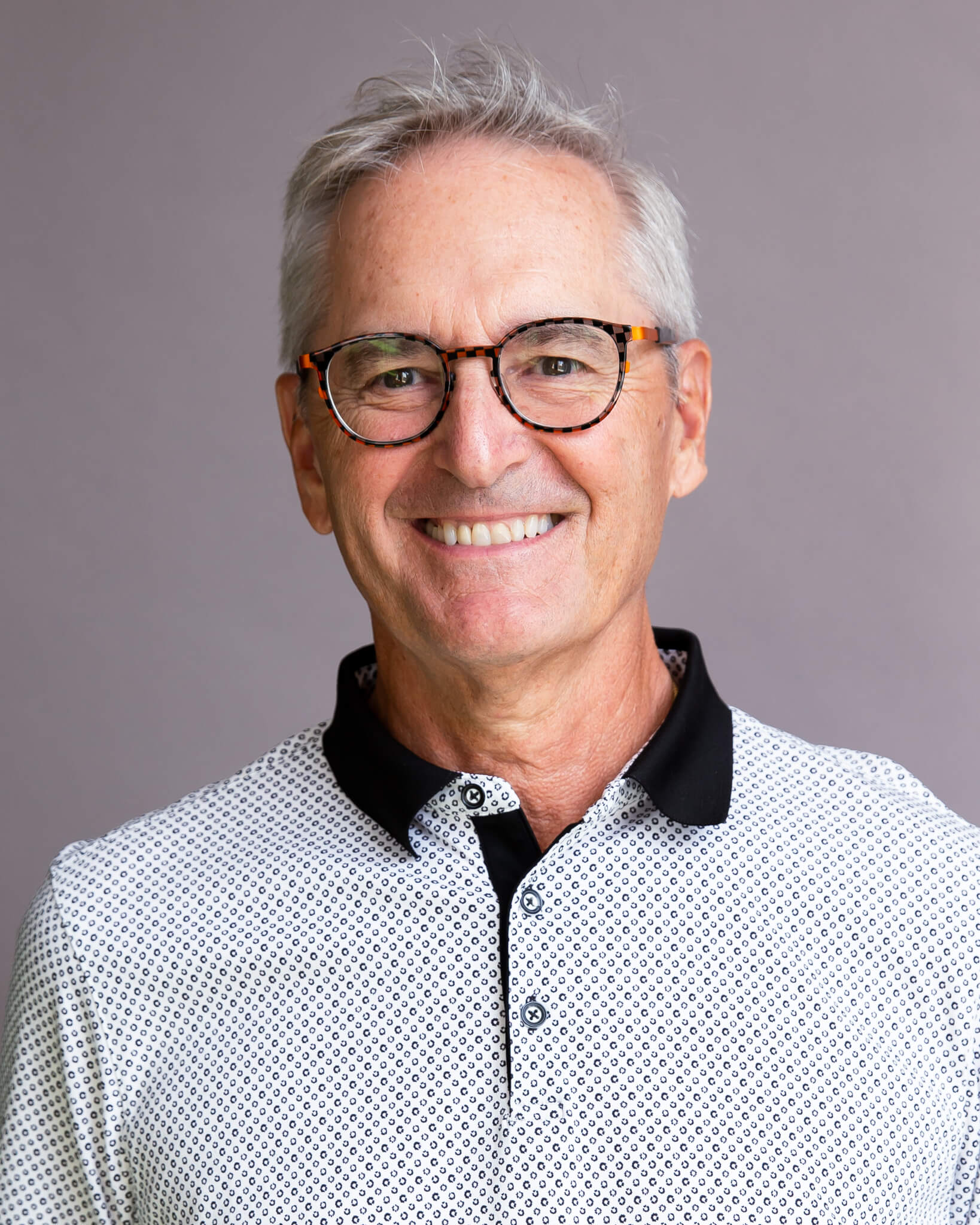Mario Lamontagne a obtenu son doctorat en génie biomédical à la Polytechnique de l’Université de Montréal. Il est professeur émérite en biomécanique à l’École des sciences de l’activité physique de l’Université d’Ottawa, avec affectation multiple au Département de génie mécanique (programme de génie biomécanique) et au Département de chirurgie de la Faculté de médecine. Il compte parmi les 100 membres de la Hip Society, détient le statut de fellow à l’International Society of Biomechanics in Sport et aux International Combined Orthopaedic Research Societies (ICORS), et s’investit dans plusieurs sociétés de recherche sur la biomécanique et l’orthopédie. Par le passé, il a également présidé la Société de recherche orthopédique du Canada.
Les recherches du professeur Lamontagne sont principalement orientées vers les sciences biomédicales et la biomécanique, en particulier vers la modélisation numérique et musculo-squelettique des articulations humaines, la conception et la technologie adaptative des prothèses et des orthèses, la prévention des blessures et l’adaptation neuromusculaire. Il a fait paraître plus d’une centaine d’articles dans des revues à comité de lecture et plus de 400 communications scientifiques évaluées par les pairs.
Le professeur Lamontagne n’accepte actuellement aucune demande de direction de thèse.
